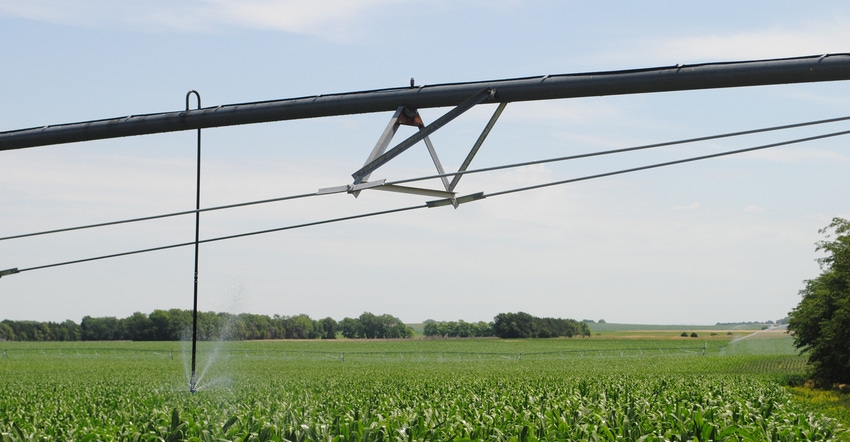
Cash rental rates are a big item for Nebraska farmers, especially when crop margins are tight. With operating expenses on the rise, turbulent grain prices and the potential for higher interest rates in 2019, rental rate trends make a difference in the bottom line.
Since 1978, an annual survey of Nebraska agriculture appraisers, professional farm managers and bankers engaged in agriculture has produced the Nebraska Farm Real Estate Survey, said Jim Jansen, Nebraska Extension economist.
Speaking to farmers at the recent Crop Production Clinic in Norfolk, Neb., Jansen said, “What we do with this survey is follow the folks who have the inside on what’s happening on land.”
The 2019 survey went out in late January, and preliminary estimates will be available by the second Wednesday in March. A final report is published in June, Jansen said.
While cash rental rates are only part of the survey, they are one of the closely watched components of the results.
The 2018 final report that was published last June found that cash rental rates for 2018 on dryland crops averaged 2% lower in the Northeast district and 3% lower in the East district, for instance, than in 2017.
An average cash rental rate on dryland crops in the Northeast district in 2018 was $210 per acre, while the average rate in the East district for dryland was $190. However, these numbers are only averages within a large district of several counties, Jansen said. As an example, higher-quality ground could garner up to $255 per acre in the Northeast, compared to $230 in the East. Lower-quality ground might capture $175 in the Northeast and $150 in the East district, as reported by those surveyed.
This variability across a region is brought out again in the USDA National Agricultural Statistics Service Land Values and Cash Rents reports that are published in odd-numbered years, Jansen said. These are of some significance because Conservation Reserve Program rental rates are based on a formula related to the numbers in the USDA report. Things have changed since the last USDA report in 2017, Jansen explained.
“But you can get some ideas on how cash rents vary across the area, with some counties having higher rental rates than others,” he said. “There is a wide range of rental rates, because there are differences in geography and soils.”
On irrigated cash rental rates, there is even more variation between the counties and within the area, because these rates often depend on the landowner and tenant arrangements regarding the irrigation system and who maintains it. New USDA rental numbers will be released with that new report in September.
For information on the 2019 Nebraska Farm Real Estate Survey, visit agecon.unl.edu/realestate.
About the Author(s)
You May Also Like






